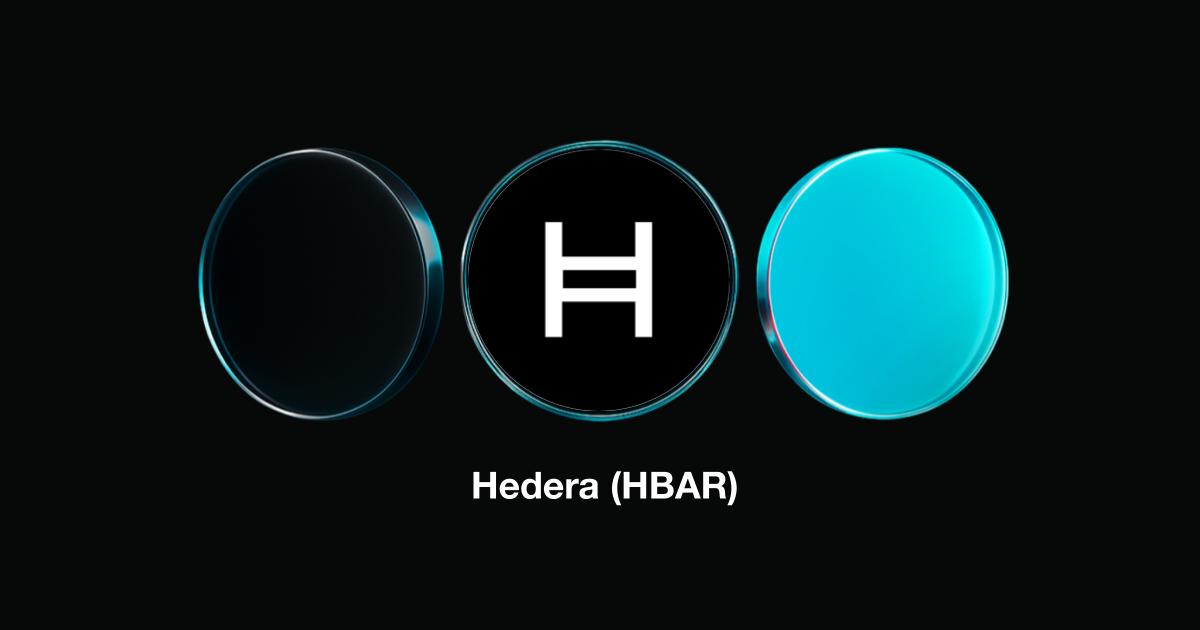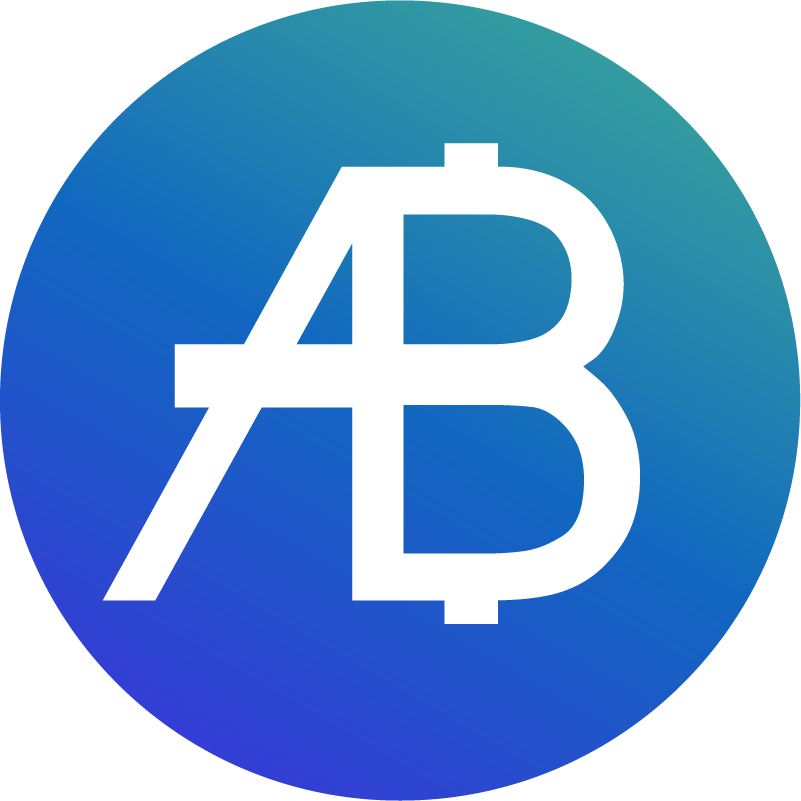The Complete Guide to HBAR Crypto & the HBAR ETF Debut: Insights, Backers, and Market Impact
Hedera Hashgraph (HBAR) has been gaining momentum as both a cutting-edge crypto asset and the foundation of a robust decentralized ecosystem. The recent launch of the first HBAR ETF on Nasdaq has brought a new level of legitimacy and accessibility to institutional investors, echoing the waves made by previous altcoin ETF releases. In this article, we break down what makes Hedera and HBAR unique, who is backing the project, what the ETF debut means for the market, how other altcoins like DOGE and XRP performed around ETF news, and where HBAR might be headed next—all informed by data, history, and the core principles outlined in the Hedera white paper.
Source: CoinMarketCap
What is Hedera (HBAR) Crypto?
Hedera Hashgraph is a next-generation public distributed ledger that stands out for its speed, security, and fairness. Unlike blockchains, Hedera uses a unique consensus mechanism called Hashgraph, detailed in its white paper. This technology does not rely on heavy computational work—instead, it allows transactions to be gossiped throughout the network, efficiently achieving consensus with low bandwidth requirements. Any member can create and sign transactions, and the network reaches a fair and robust order of those transactions even under attack, ensuring resilience and trust.
HBAR, the native token of Hedera, acts as the utility coin for transaction fees, network protection (through proof-of-stake), and on-chain governance. The system is designed to withstand Byzantine failures, as its protocol ensures that, even in highly asynchronous environments, consensus will eventually be reached, supporting the kind of fault tolerance strictly defined by computer science hedera whitepaper.pdf.
Who is Backing Hedera? (The Team and Council)
Hedera scores high on credibility due to its renowned founding team and governance model. Dr. Leemon Baird and Mance Harmon, who bring deep expertise in cybersecurity and decentralized computing, created Hedera’s core architecture. On top of that, Hedera employs a unique council-based governance model, with up to 39 world-leading organizations—such as Google, IBM, Boeing, Deutsche Telekom, and LG Electronics—overseeing the platform. This Council ensures that governance is decentralized, transparent, and resistant to any single entity's control.
HBAR ETF Debut: A New Era for Institutional Adoption
A true game-changer for HBAR arrived with the debut of the Canary HBAR ETF on Nasdaq. This is the first ETF to offer direct exposure to Hedera’s token, making it available to a wider range of investors—especially institutions who demand security and compliance. The fund is custodied by trusted firms like BitGo and Coinbase Custody, ensuring transparency and robust asset protection.
This ETF launch marks a new era for Hedera. Shortly after its launch, HBAR experienced a sharp 16% single-day rally, bouncing back from an October correction and regaining investor confidence. Its market capitalization now sits around $8.2 billion, a promising signal in a market that has recently slipped into fear territory. For many investors, this kind of launch is more than just an event—it’s an opportunity to accumulate assets with strong fundamentals at attractive prices.
Hedera’s growth doesn’t stop there. The Foundation also announced USDC’s addition to Bybit, injecting fresh liquidity into the ecosystem and reinforcing HBAR’s position in the DeFi and stablecoin market. Network upgrades have boosted speed, scalability, and efficiency, while ongoing integrations with DeFi and NFT projects are steadily driving adoption.
HBAR and Altcoins: How Have DOGE and XRP Responded to ETF-Related News?
The arrival of an ETF often acts as rocket fuel for a token’s price. Let's look at some concrete figures for prominent altcoins:
DOGE
Dogecoin has a well-known penchant for sharp surges when a listing or ETF discussion hits the headlines. For instance:
In May 2021, when DOGE was listed on Coinbase, the price soared from around $0.32 to $0.44 over two days—a jump of nearly 37%.During 2023, as rumors swirled about a potential meme coin ETF, DOGE surged about 25% over a single week, highlighting just how sensitive the asset is to news flow.
XRP
XRP has also seen significant price reactions around institutional product launches or resolution of legal challenges:
On July 13, 2023, after Ripple secured a partial legal victory in U.S. courts, XRP’s price exploded from $0.47 to $0.93—an astonishing 98% increase in less than 24 hours.When institutional-grade trading products have been launched or announced (such as new ETFs or ETPs in Europe and Asia), XRP has experienced daily gains in the 20–40% range.These dramatic responses reflect not only the power of big announcements but also the underlying market structure described in distributed ledger white papers: when trustworthy information rapidly reaches all participants (gossip about gossip!), prices respond in. In volatile crypto markets, such moments can represent inflection points for both sentiment and valuation.
USDC Expansion and Network Upgrades Fuel HBAR’s Growth
Stablecoin activity is exploding within the HBAR ecosystem. As of October 2025, USDC issuance on Hedera reached $172.1 million, with weekly growth accelerating by over 93% and monthly gains more than doubling. This influx of liquidity enhances HBAR’s role in decentralized finance, payments, and tokenized asset solutions.
Ongoing network upgrades also improve HBAR’s speed and scalability, while recent integrations with DeFi and NFT applications demonstrate growing adoption. These technical and ecosystem advances position HBAR as a leading choice for investors seeking utility and growth in the crypto space.
HBAR Price Prediction — Where Next?
From both a technical and fundamental perspective, HBAR is showing signs of robust recovery and future potential:
After a sharp drop to $0.17 following a large liquidation event, HBAR quickly rebounded, climbing back above $0.19, and holding support strongly around $0.18.The token’s recent RSI (relative strength index) is around 54, indicating that there’s still room for growth before becoming overbought.Chart watchers note an inverse head-and-shoulders pattern forming on the hourly chart (neckline at $0.169–$0.170). A breakout above this could propel HBAR toward the $0.181–$0.183 resistance region, where prior selling was strong.
USDC’s rapid adoption on Hedera further strengthens the case: as of October 23, 2025, over $172.1 million worth of USDC is issued on the network, with weekly and monthly growth surging by 93% and 105%, respectively. This increases liquidity for DeFi, payments, and tokenized assets—all vital for a healthy digital asset ecosystem.
Conclusion
The launch of the HBAR ETF marks a significant step towards broader adoption and accessibility of HBAR, particularly among institutional investors. Backed by strong governance from major global organizations and continuous network upgrades, Hedera and its native token HBAR have experienced notable growth in both liquidity and utility. As seen in the performance of other altcoins following ETF-related events, the introduction of an HBAR ETF has the potential to influence price movements and trading activity. However, as with any investment in the cryptocurrency sector, market dynamics can be volatile and unpredictable. It is important for investors to conduct careful research, monitor new developments, and evaluate risk before making investment decisions regarding HBAR or the HBAR ETF.
Disclaimer: The opinions expressed in this article are for informational purposes only. This article does not constitute an endorsement of any of the products and services discussed or investment, financial, or trading guidance. Qualified professionals should be consulted prior to making financial decisions.
Bitget Academy2025-10-29 11:27

















































































































































